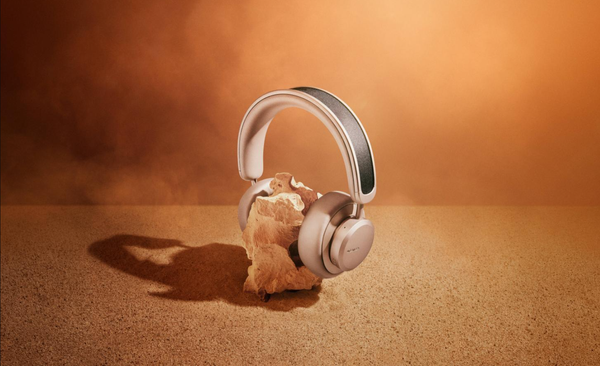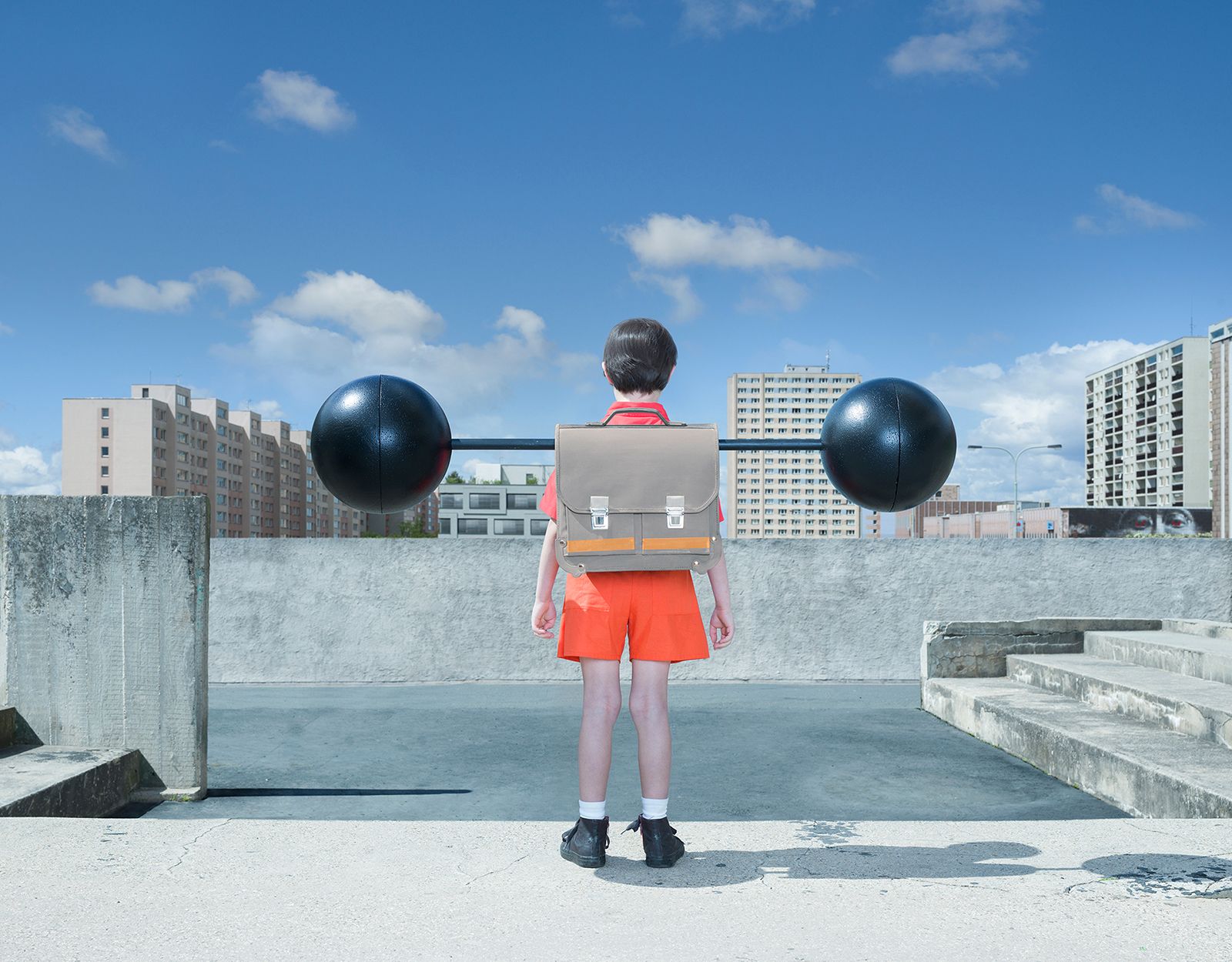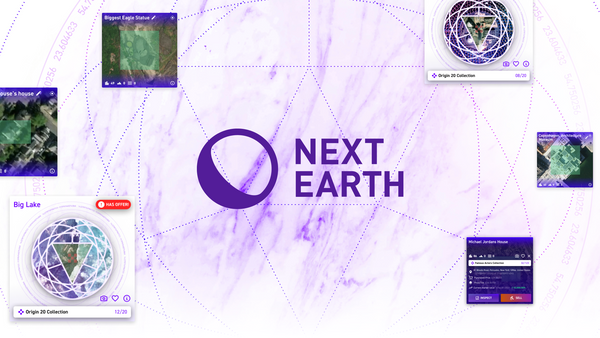Surreal and bizarre images with a touch of humor that never over-explain, leaving room for thinking—Instead of using digital manipulation, Czech visual artist, Bára Prášilová uses real props and costumes of her own design to create her characteristic visual world. The strange situations are not just visually expressive; they also raise profound questions.
Bára Prášilová decided at the age of eighteen that she wanted to be a photographer. According to the artist, the decision came out of the blue—“I had no artistic background, and at the time I had no serious hobbies or particular passions. I loved how the camera brought all of that into my life. Since then, I have been putting a heart sticker on all my cameras, as they symbolize the moment when I really started to live,”—said Bára.
Her photographs are characterized by creating a delicate boundary between the aesthetic and the bizarre, the real and the unreal. “Accepting how my brain processes my inner and outer experiences and images became my source of inspiration,”—she says. “I can identify with the saying that artists have a kind of »antenna« to receive the ideas, and also that creativity can be developed,”— she adds.
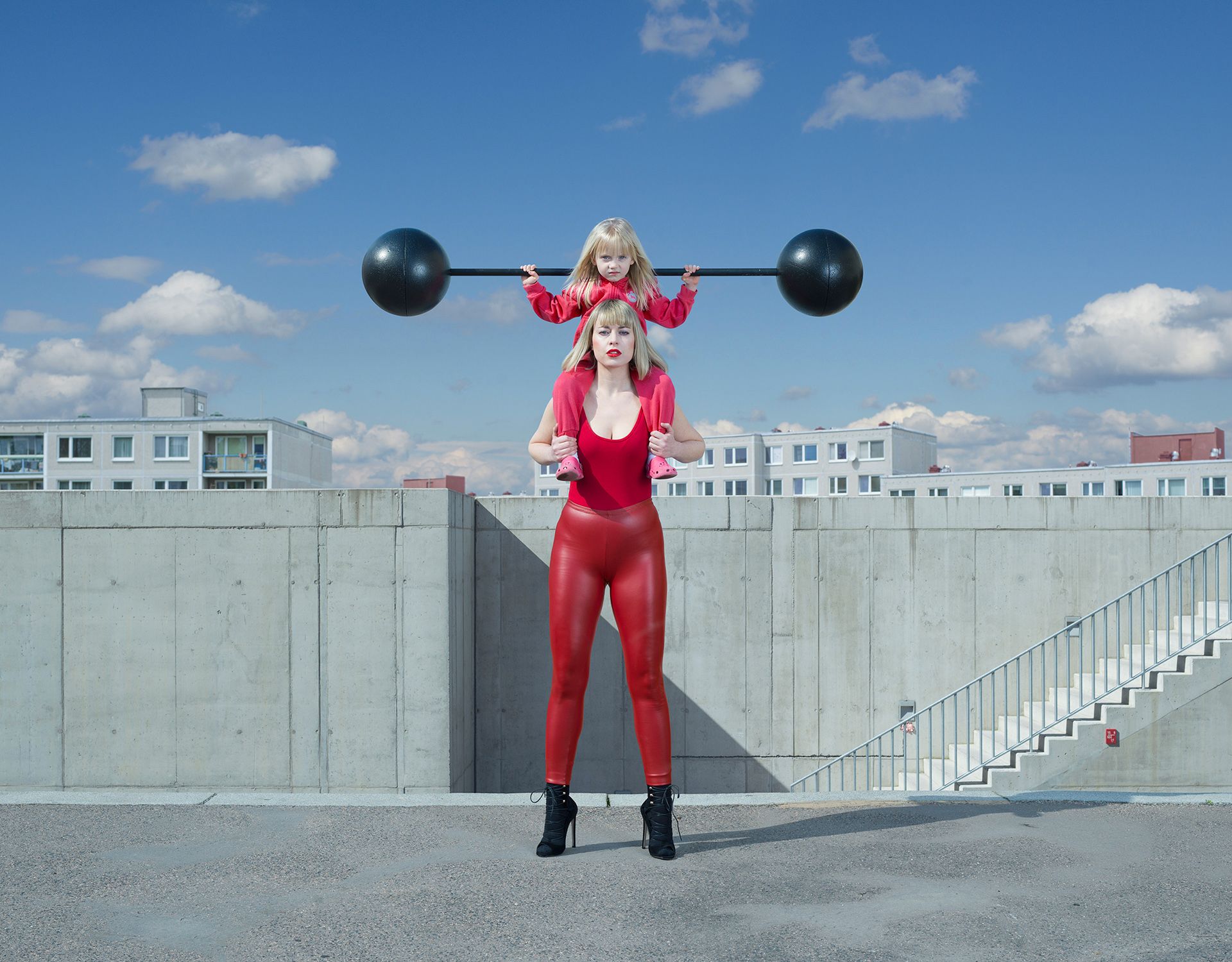
Mixing surreal situations with some humor is another vital element of her unique imagery. “Contemplative thinking and humor are part of my family heritage, so this combination has become the basis of my artistic language. I’m a big fan of not over-explaining my images, so I focus on making my artwork resonate with the viewer more subconsciously and create a personal dialogue. You could say that this is my artistic mission,”—she stressed.
Her latest series of photographs, CIRCLES, as its title suggests, uses the circle as a central motif, referring to the cycle of life but more powerfully to the intricacies of human interaction around gender and age. “The circle symbol can be interpreted in many ways: for me, it means infinity and repetition. For some reason, this motif irritates me, and I want to break it—as if there comes a moment in your life when you realize that you can simply step out of a circle,” she notes. In her pictures, tension is created not only between colors and textures but also between power, strength, gender roles, and the subversion of all these. The carefully composed situations in all their detail encourage reflection and the exploration of different interpretative possibilities. “The use of blue, red, or orange can be linked to our gender roles, but what viewers can also focus on are details such as the body language of human figures, or the pointy, high-heeled shoes, the poses that look serious, and the props that also »shout« in the photos,”—she explained.

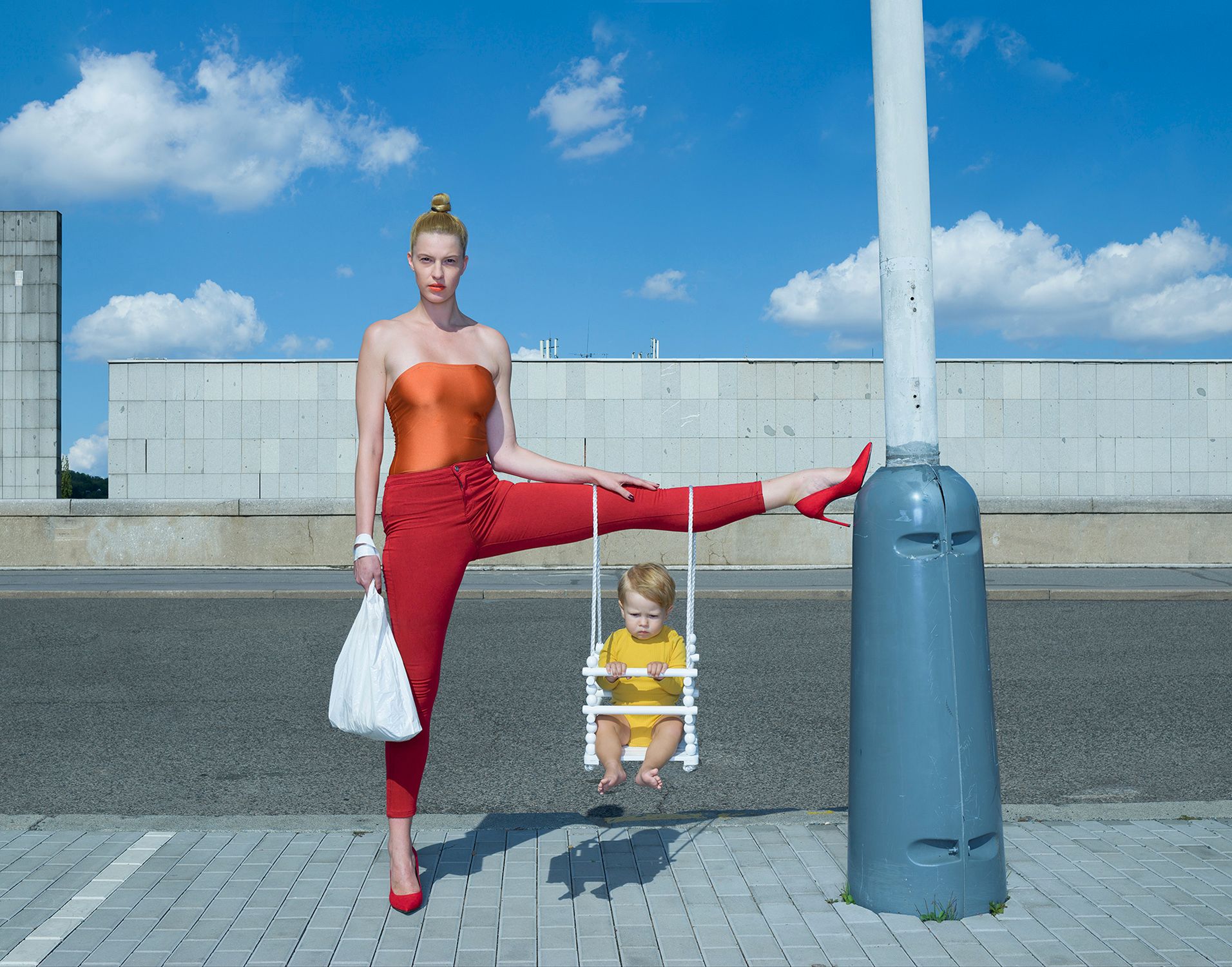
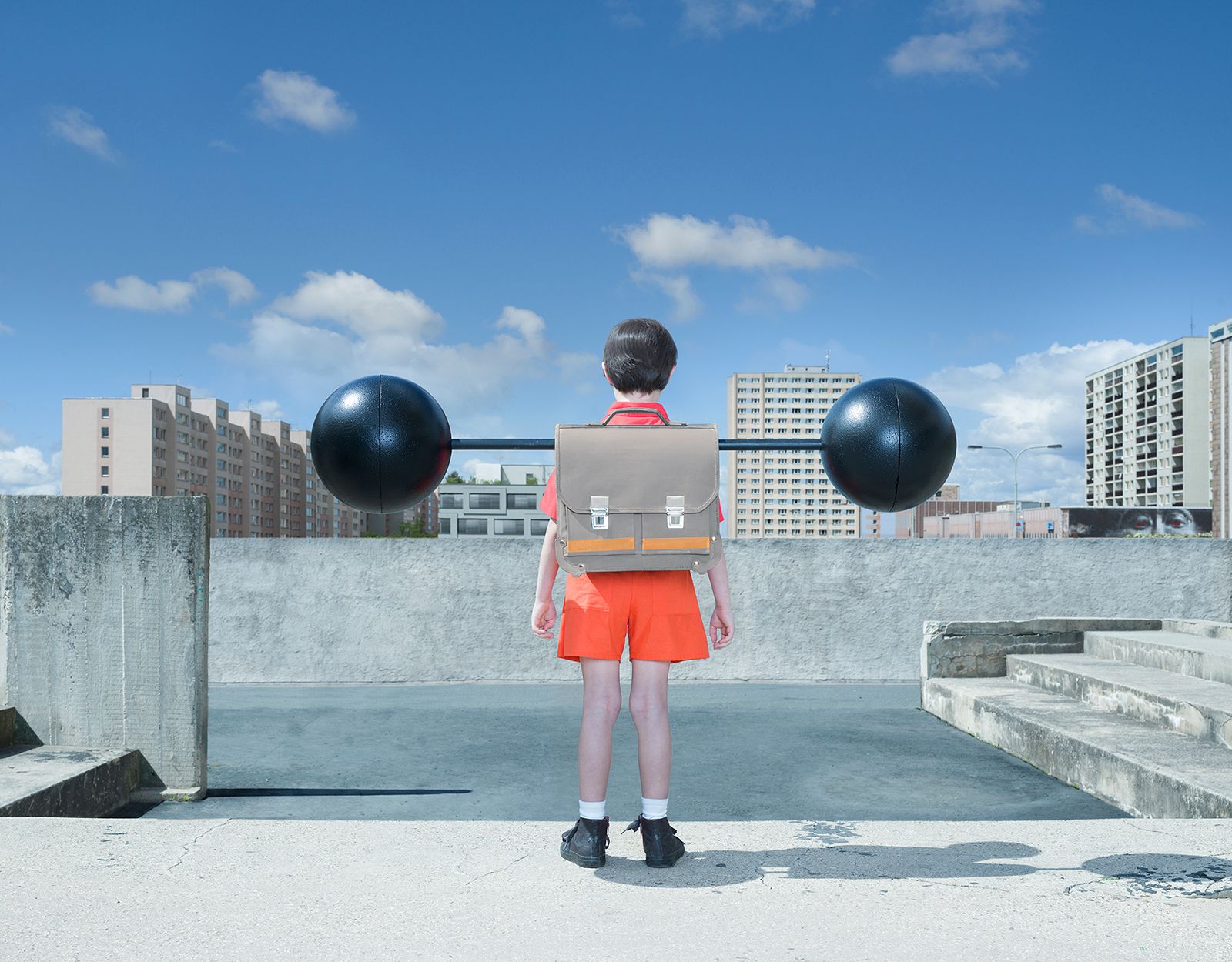

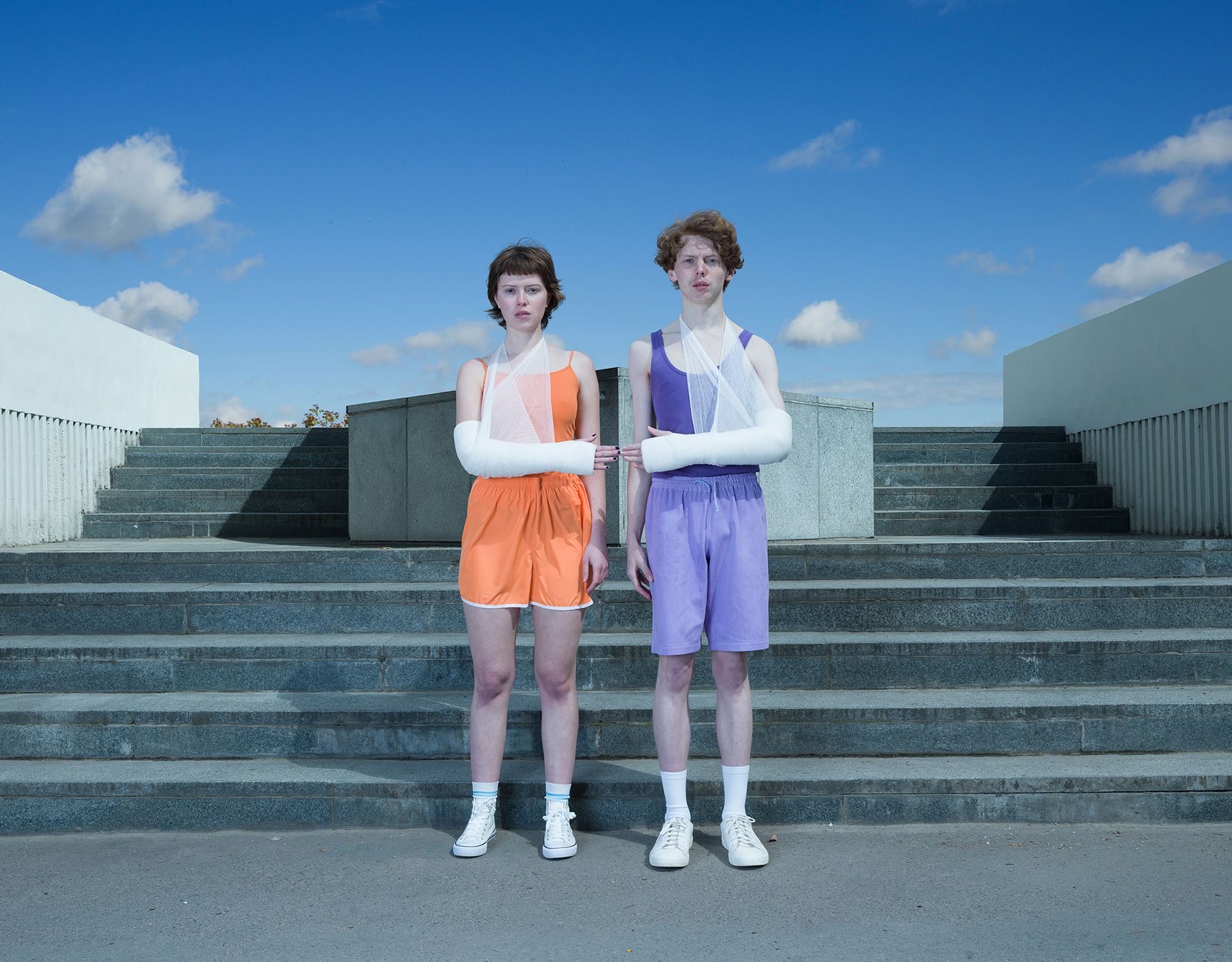
Although Bára has been working as a visual artist for twenty years, she still feels she is at the beginning of her career. In the future, she would like to have at least two pop-up exhibitions a year in the Czech capital, Prague. Last time we were able to see her work on a houseboat on the Vltava River, and her next exhibition will be in a private apartment. She is currently working on her first book and a new series of photographs, which she plans to launch this winter.
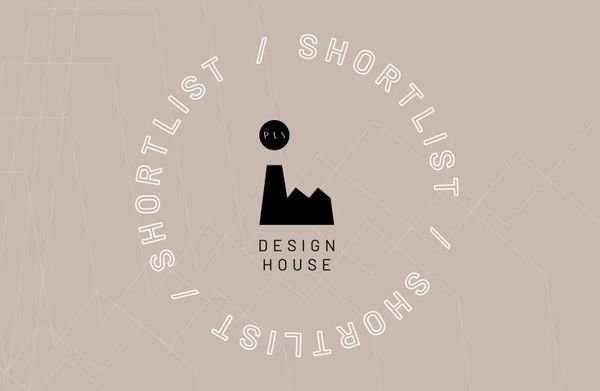
The winners of the PLY DESIGN HOUSE design contest received their awards
